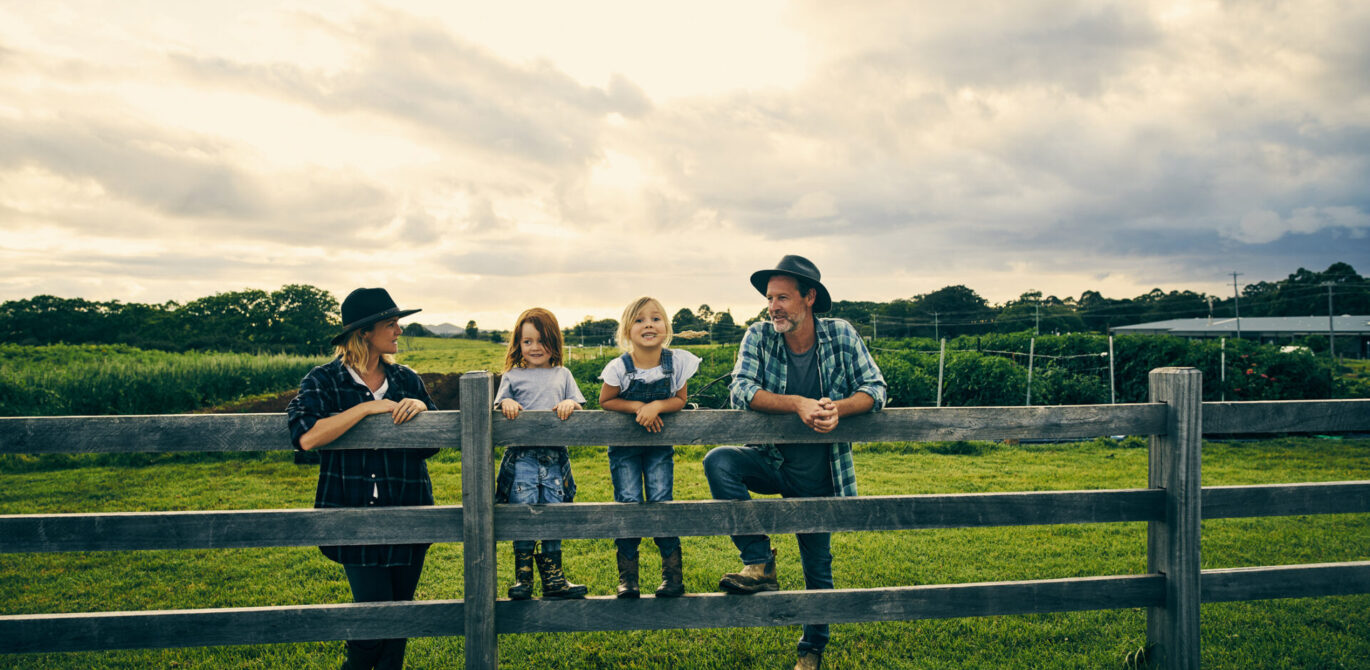Selling a rural property is a big decision that requires more than just deciding to list it in the market. Unlike residential homes, rural properties come with unique qualities that buyers deeply consider, such as water rights, infrastructure and land use.
To maximise your property’s value and attract the right buyers, preparation is key. The earlier you start planning, the better positioned your property will be when the time comes to sell.
Whether you’re planning to sell in 12 months, 2 years or even 3, what you do now could directly affect your sale price when you decide to move your rural investment on.
Elders General Manager, Farmland Agency and Agribusiness Investments, Mark Barber said in the current market buyers were looking more closely at the capacity of an asset to produce income as early as possible.
“Buyers are discounting properties that need significant capital improvements to achieve a positive income,” Mr Barber explained.
“Other aspects of a property that are being valued by buyers include a history of good operational performance, high levels of labour productivity from laneways, well set out water infrastructure, adequate accommodation for the size of the property, sheds, roads and access.”
Mr Barber said whilst it was difficult to influence, properties that were located close to established regional infrastructure were attracting earlier interest.
“Those with all weather road access and historical performance such as stocking rates and crop yields will also help engage buyers earlier in a sale process.”
Water Rights and Management
Water is the lifeblood of rural land, whether for farming, ranching, or recreation.
Clear documentation of your property’s water rights is a critical asset, and you may want to consider whether selling them separately could bring additional value.
Mr Barber said sufficient water to service the land use of the property would always help a property to sell.
“If the property has the capacity for alternate higher value, higher water uses, then it is worth considering selling with the property adequate water for the change in land use if possible,” he explained.
“This might require accumulating water entitlements several years before selling the property and buying opportunistically over that period.”
Infrastructure investments, pastures, cropping and more
Quality infrastructure, such as fencing, outbuildings, barns, silos, and irrigation systems, play a significant role in a property’s marketability. Buyers will want to see that these structures are well-maintained and fit for use.
Healthy pastures, cropping fields and fertile soil often make or break a sale. Buyers look closely at a property’s agricultural value, so maintaining the land’s usability and productivity is essential.
“I believe that property owners should always consider how to maximise the value of their investment even if they are not contemplating selling anytime soon,” Mr Barber said.
“Capital expenditure should be aimed at investment that will maximise the value of the property and avoid over investment.”
He said, that in his experience, effective reliable and efficient water systems for livestock and cropping properties were highly valued by buyers.
“Good all-weather access, and other infrastructure that improves labour efficiency, including sheds, yards and accommodation are importance as well.
“Soil health and structure and well-developed pastures will ensure that the property can produce a positive income for new buyers which will be crucial to maximising value if the property is sold,” Mr Barber added.
Selling a rural property is more than just a financial transaction and differs significantly from selling a residential home.
Partnering with a rural real estate expert early on in the piece, even years out from sale, can ensure you’re maximising your sale price when it comes to selling the property.
If you’re unsure where to begin or need additional guidance, Australia’s most trusted agricultural brand is here to help.
